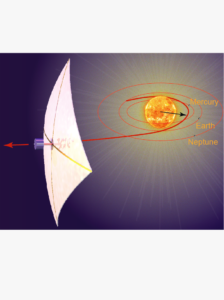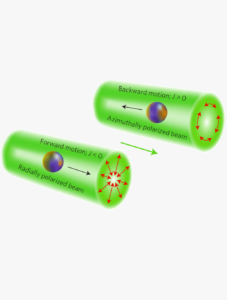Advanced Space Systems and Propulsion Laboratory
Since launch of Sputnik in 1957, space exploration has been of tremendous success with lading on the Moon, sending rovers to Mars and visiting distant planets of our solar system. Nonetheless, space travel beyond our solar system into interstellar space yet presents an unprecedented technological challenge. Hence, only two probes, Voyager 1 and Voyager 2, launched in 1977 have just recently left the heliosphere, in 2012 and 2018, respectively. It took Voyager 1 nearly 35 years of flight at 17 km/s – the highest velocity a man-made probe achieved thus far – to reach the interstellar region. Clearly, interstellar travel and travel to nearest stars necessitates revolutionary advances in spacecraft design and propulsion.
Imagine thousands of cheap space probes that may be deployed on a regular basis to reach Jupiter or Saturn in just a few days, heliopause in few years, and nearest stars in a couple of decades. This would require boosting the maximum spacecraft speed by 2-3 orders of magnitude from currently achievable and reducing spacecraft launch costs by the same order of magnitude. In our group we believe that such a future is possible and may be achieved by utilizing photon propulsion. Light, unlike chemical fuels or electric propulsion, does not have to be carried on board of a spacecraft, implying that very lightweight space probes may be designed that can be propelled to very high velocities. In addition, photons enable the highest specific impulse known, suggesting that spacecraft may be propelled to near-speed of light velocities.
Inspired by this goal, that is breaking the Voyager speed and distance limit, we examine new materials, spacecraft designs, dynamics and control, to enable light driven propulsion. Hence, to be efficient, a photon propelled space probe must be very lightweight putting significant constrains on spacecraft design. In addition, current payload instruments are too bulky and heavy to be fitted on light driven space probe. We explore and develop novel nanophotonic devices to shrink significantly the necessary instruments and communication systems.
Our other effort is centered on increasing the efficiency of existing space power and thermal management systems. We use principles of nanophotonic design to develop new ultralight weight systems for space solar power harvesting and efficient regulation of spacecraft temperature via thermal radiation emission.


